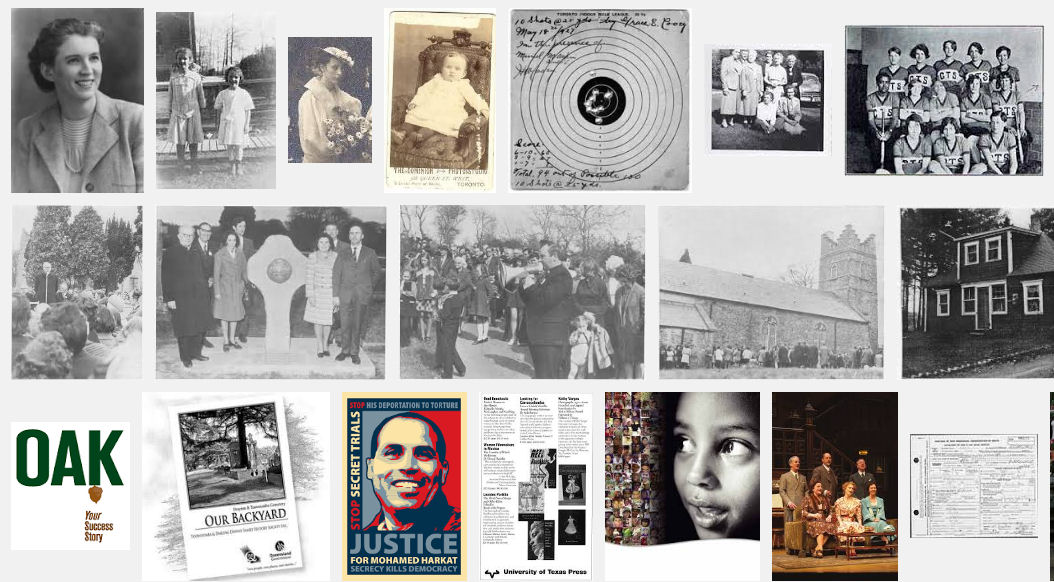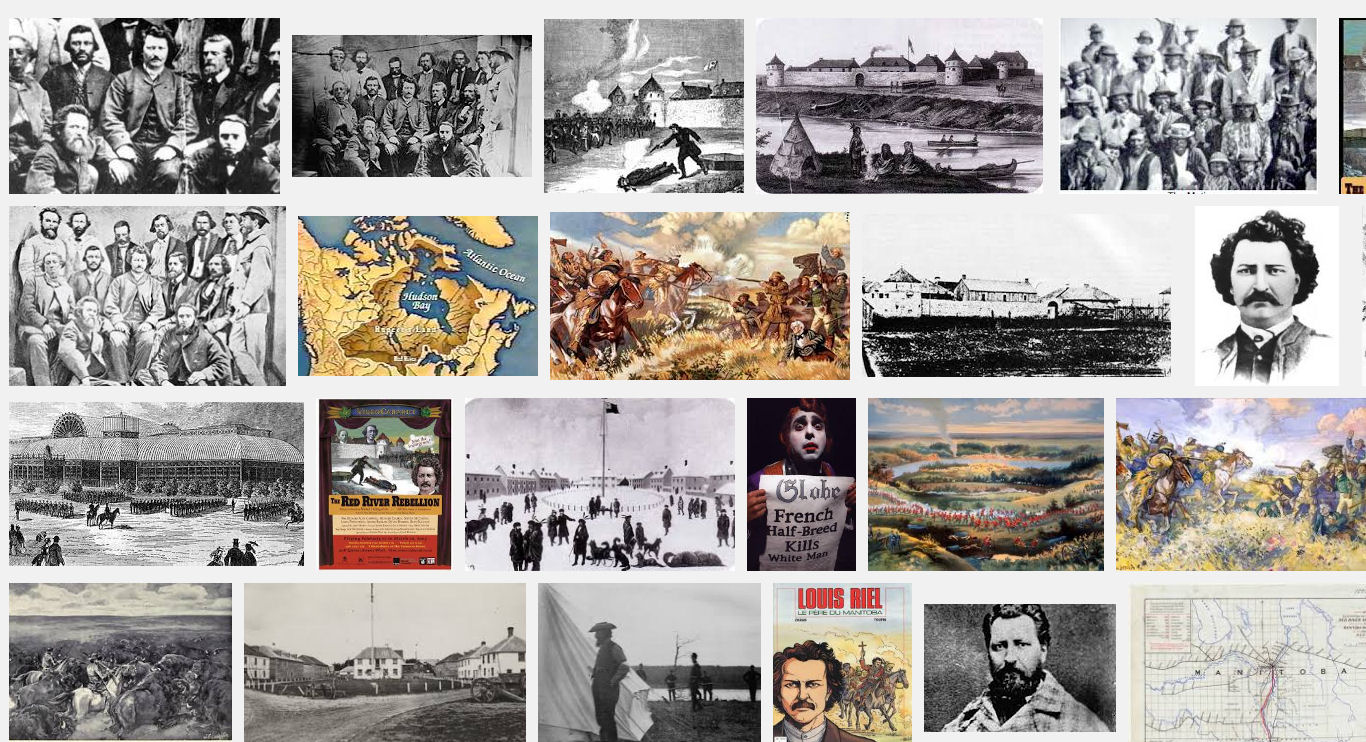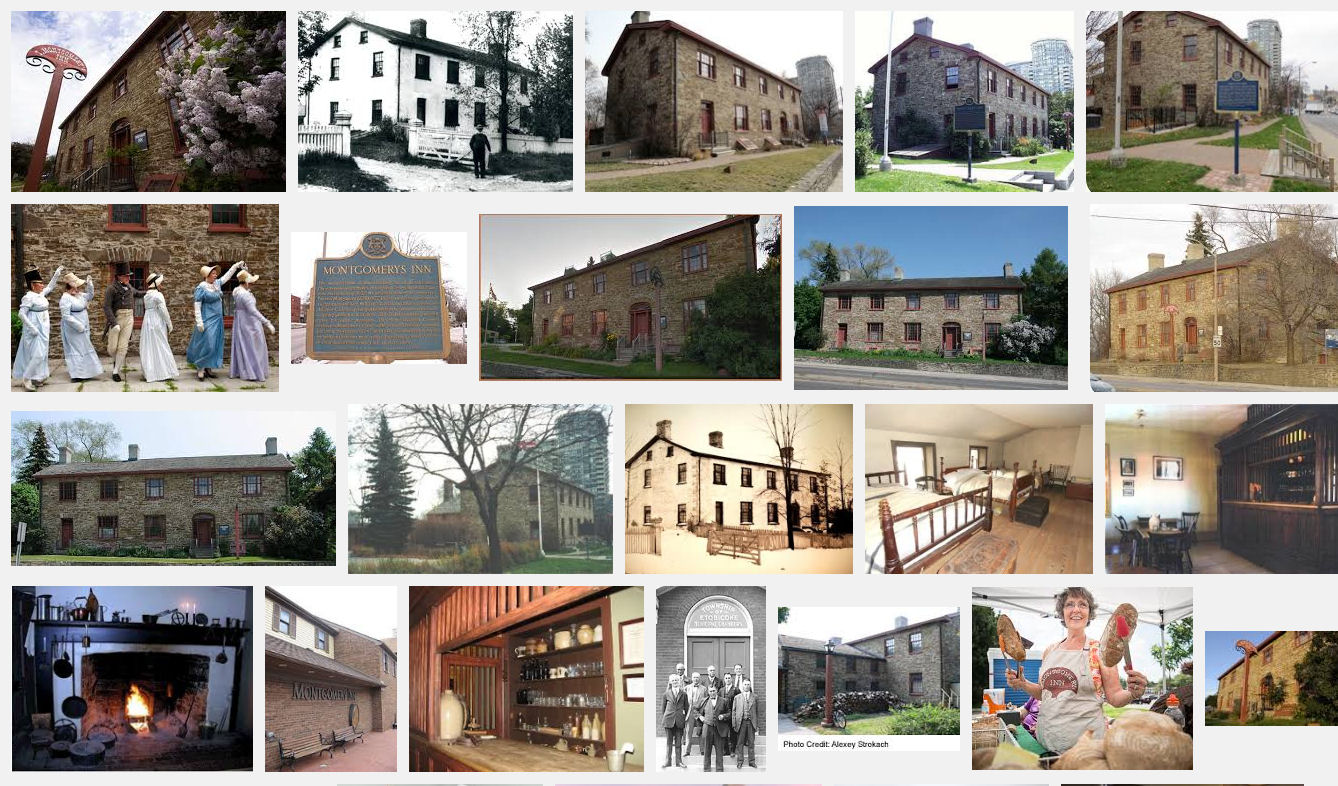Through Grace’s Eyes
Through Grace’s Eyes
A window into the Annex at the start of the 20th century
By Tom G. Kernaghan
Five-year-old Grace Cooey sat on the running board of the Model T Ford, dazed and blinking, her bright green eyes regaining focus on the intersection of Bathurst and Bloor streets, tresses of her sandy-brown hair poking out from under her hat. Having slipped away from her mother, she’d been hit by the Ford, thrown clean over its hood, had bumped the back of the car on her way down before finally landing on the road. Miraculously, the snow, along with Grace’s winter gear, had kept her from harm. Her mother, Susannah, of the Shuter family, was at her side. Her father, Herbert William Cooey, founder of H.W. Cooey Machine & Arms, creator of the Cooey .22 calibre rifle, was busy working at his shop up at Howland and Bridgman avenues.







